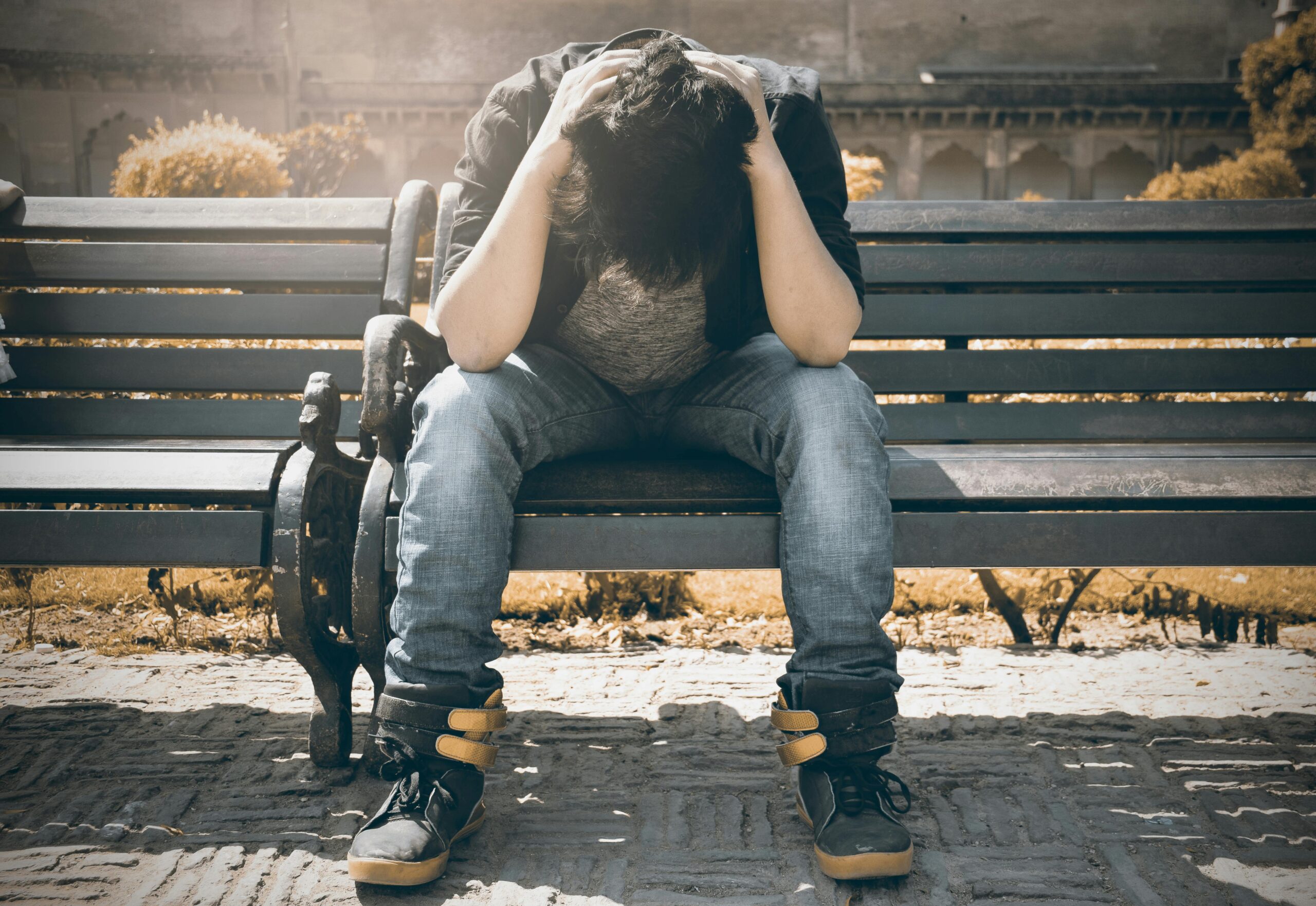In today’s fast-paced, distraction-filled world, improving focus and concentration can feel like a challenge. Here’s a step-by-step guide with 10 actionable tips to help you train your brain and regain control over your attention span.
1. Acknowledge the Problem
Understand that reduced attention spans are a common modern issue. Social media, short videos, and constant distractions rewire our brains to crave instant gratification. Recognizing this is the first step to improvement. (I noticed this firsthand when I struggled to focus at work and in my hobbies.)
2. Embrace Awareness
Focus starts with awareness. Notice when your mind begins to wander, and gently bring it back to the task at hand. Being mindful is the foundation of concentration. (I realized the power of awareness when I noticed how my thoughts jumped from one topic to another.)
3. Find a Physical Reminder
Choose a small, tangible object to act as a reminder. It could be a ring, bracelet, watch, or even a chain—anything that can serve as a physical trigger to refocus your brain. (For me, it was a ring that I moved to my index finger.)
4. Make the Reminder Unusual
Use the reminder in a way that stands out. For example, move a ring from its usual place on your ring finger to your index finger, where it feels slightly uncomfortable. This difference will catch your brain’s attention. (This discomfort helped me stay aware and focus better.)
5. Associate the Reminder with Focus
Whenever you need to concentrate, engage your chosen reminder. Over time, your brain will associate this object or action with the need to focus, making it a powerful mental trigger. (Every time I moved the ring, my brain understood it was time to focus.)
6. Leverage the Power of Habit
Consistency is key. Use your physical reminder every time you work on focused tasks. Repeating this routine builds a strong habit, training your brain to respond automatically. (Over weeks, this simple action became second nature for me.)
7. Limit Distractions
While using your reminder, create an environment that supports concentration. Turn off notifications, declutter your workspace, and minimize interruptions to make it easier to stay focused. (I found that even small changes in my environment made a huge difference.)
8. Use Reflection to Improve
After each session, take a moment to reflect. Did the reminder work? How effective was your focus? Use these insights to refine your approach and improve over time. (I often asked myself what worked and what didn’t to tweak my strategy.)
9. Experiment and Customize
Your method doesn’t have to be perfect on the first try. Test different objects or actions until you find a reminder that feels natural and effective. It could be a wristband, sticky note, or even a specific sound. (For me, finding the right reminder took a few tries, but it was worth it.)
10. Add Variety to Stay Engaged
To prevent boredom or stagnation, vary your methods slightly. Try pairing your reminder with a secondary technique, like the Pomodoro Technique, to maximize effectiveness. (I combined my ring method with time blocks to stay productive.)
Improving focus and concentration doesn’t have to be complicated. By using a simple, physical reminder and building consistent habits, you can train your brain to stay on task. Start small, be patient, and adjust as needed. Try these tips today and experience the difference for yourself.


